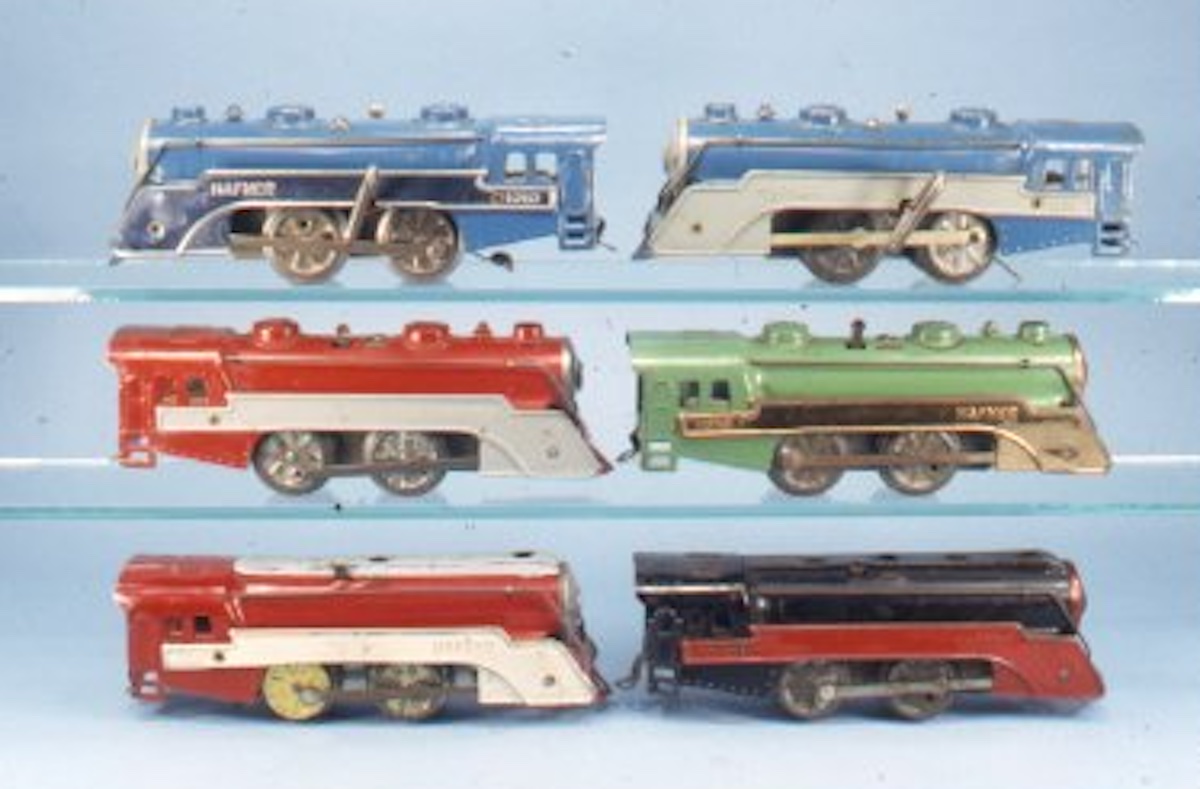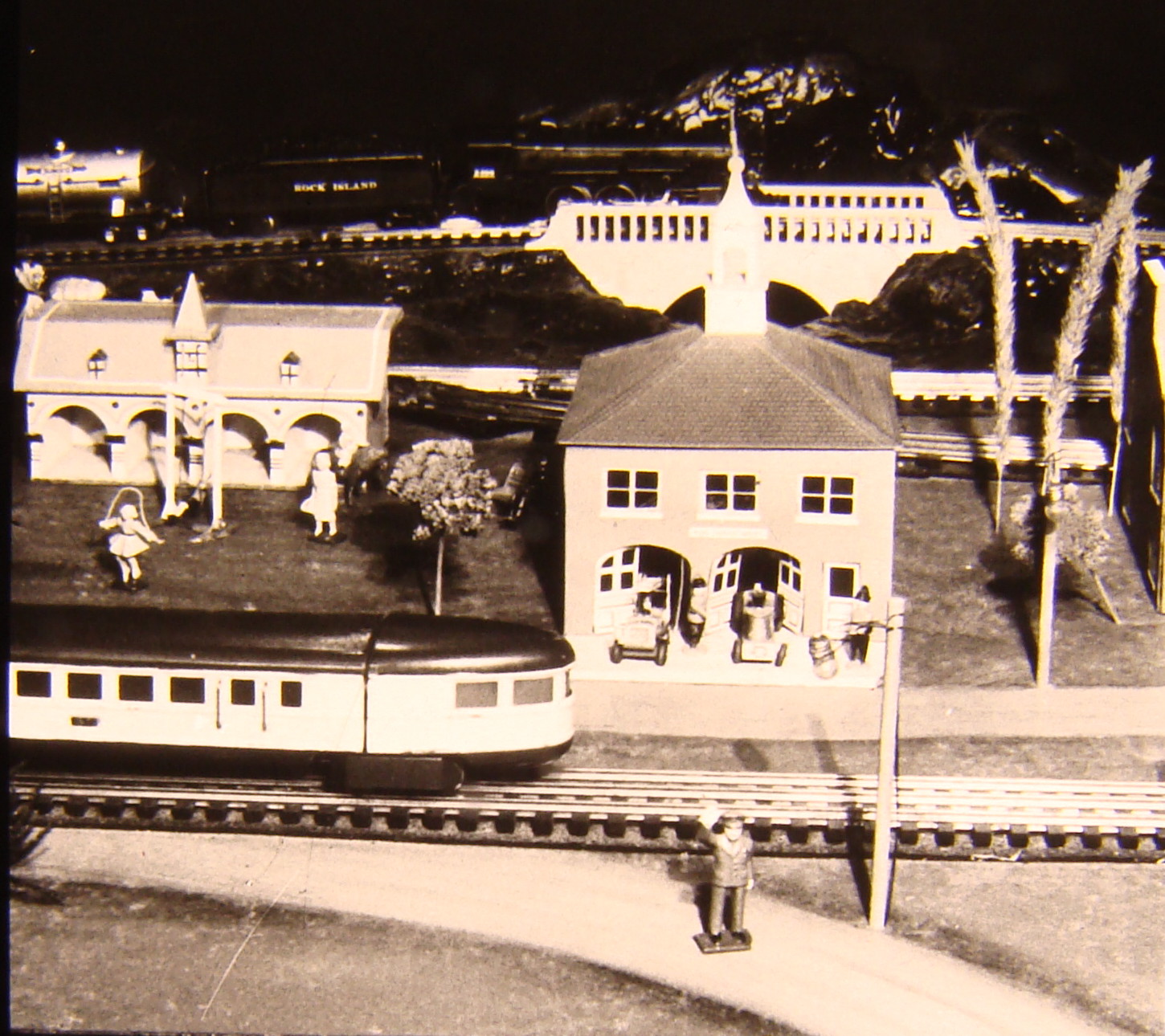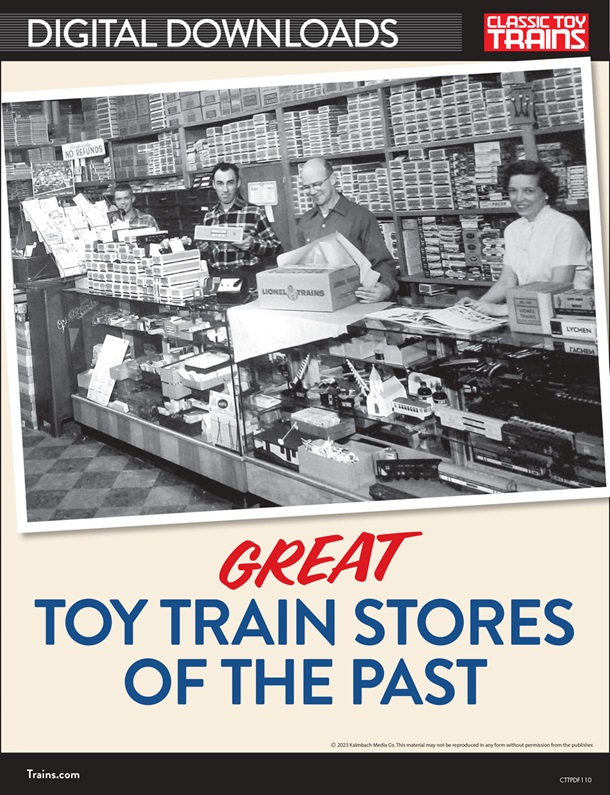I found this manuscript from the late John Grams in our manuscript files. There was no date on the envelope but it’s likely from the early 1990s. The article discusses 12 Lionel products that, while great inventions, were fraught with problems or didn’t work exactly as advertised. He included the following disclaimer:
Lionel trains were sold as toys. They were fun, fairly reliable and expensive playthings, manufactured with no thought beyond that purpose.They were not supposed to be precision scale models. That was an entirely different thing. While they were durably constructed, the trains were not intended to outlast the interest span of their young owners. No one considered them to be objects of popular art or future collectibles.
The toy business has always been a fickle one, trendy and highly competitive. J. L. Cowen not only had fine quality imports to worry about as he built his business, the domestic competition from Ives, American Flyer, and Marx must have contributed significantly to his stress. While Lionel was eventually able to absorb Ives and Flyer, Marx was still there gobbling up the low price, high volume end of the market.
The trains were not designed and produced by Santa’s helpers at the North Pole, but by flesh and blood human beings on an assembly line in New Jersey. Mistakes happened. Flaws and defects were sometimes overlooked.
I will be sharing these items over the next few weeks. I hope you enjoy them. –Rene Schweitzer, Editor of Classic Toy Trains
The Girls’ Train

Catalogued in 1957 and 1958, “Lady Lionel” in “pastel fashion-right colors” was a gratuitous attempt to cross over the gender line and establish a new market. The idea was a good one. Why shouldn’t girls enjoy trains too? But, the timing was off, and the presentation offended some people.
Ten years earlier, when more traditional, stereotyped boy-girl roles were still in force, the idea might have sold. By 1957, however, the times were changing. Ten years later, a unisex approach to marketing the regular train line would certainly have been acceptable. But by then, Lionel was in financial trouble and doing little advertising and promotion of any kind.
Pioneer train collector LaRue Shempp. who worked part-time in a Williamsport, Pennsylvania train department each holiday season, indicated that the store had three·such sets in stock. Since none of them were sold by Christmas Eve, he took one home with him. The other two sets were broken up, the locomotives painted black and sold separately. The pastel-colored cars went for bargain prices. Today, the Girl’s’ Trains command top dollars on the collectors’ market, because so few were sold.














